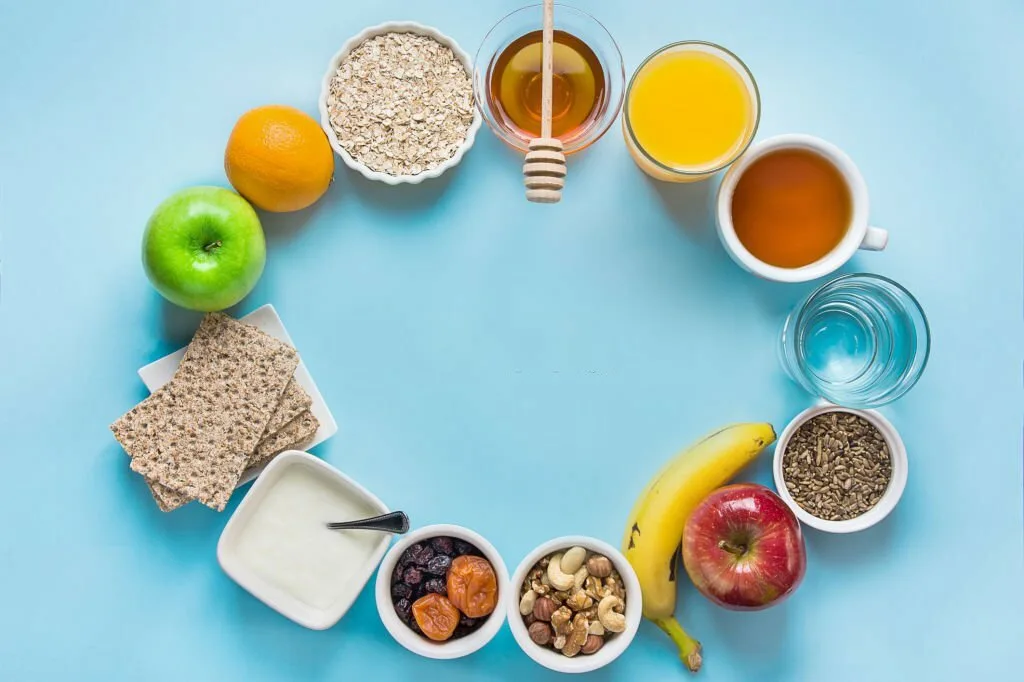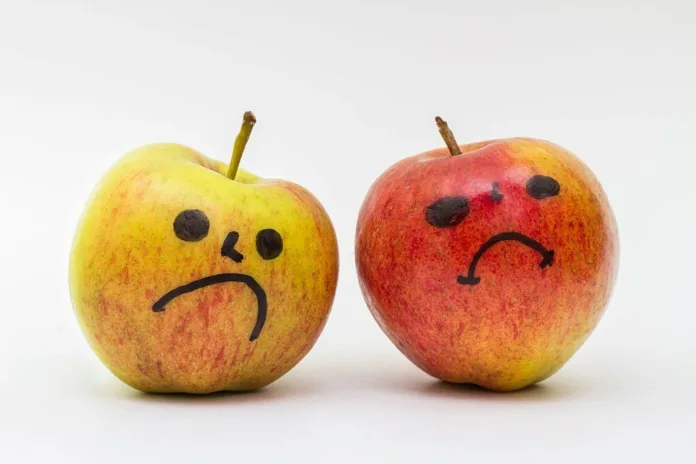Fructose intolerance is a condition in which the body cannot properly digest fructose, a type of sugar found in fruits, vegetables, and honey. When fructose is not properly digested, it can cause a variety of symptoms, including bloating, gas, diarrhea, and abdominal pain.
If you are fructose intolerant, it is important to avoid foods that are high in fructose. Here is a list of foods to avoid:
Fruits: Most fruits are high in fructose, but some fruits are higher in fructose than others. Fruits to avoid include:
Apples
Bananas
Cherries
Grapes
Mangoes
Melons
Pears
Pineapples
Raisins
Vegetables: Some vegetables are also high in fructose. Vegetables to avoid include:
Asparagus
Beets
Carrots
Celery
Corn
Garlic
Leeks
Onions
Peas
Sweet potatoes
Honey: Honey is a high-fructose food.
Processed foods: Many processed foods are high in fructose. Processed foods to avoid include:
Soda
Juice
Sports drinks
Candy
Cookies
Cake
Ice cream
Bread
Cereal
Yogurt

In addition to avoiding these foods, it is also important to limit your intake of other foods that can trigger fructose intolerance symptoms. These foods include:
Dairy products: Dairy products can be difficult to digest for some people with fructose intolerance.
Gluten-containing foods: Gluten-containing foods can also be difficult to digest for some people with fructose intolerance.
Alcohol: Alcohol can irritate the lining of the stomach and worsen fructose intolerance symptoms.
If you are fructose intolerant, it is important to talk to your doctor about developing a personalized diet plan. They can help you to create a diet that meets your individual needs and helps you to manage your symptoms.
Here are some tips for following a healthy diet if you are fructose intolerant:
Eat plenty of low-fructose foods. Low-fructose foods include:
Meat
Fish
Eggs
Non-starchy vegetables
Whole grains
Legumes
Nuts
Seeds
Choose fresh, whole foods over processed foods. Processed foods are often high in fructose and other unhealthy ingredients.
Cook at home more often. This gives you more control over the ingredients in your food.
Read food labels carefully. Look for hidden sources of fructose, such as high-fructose corn syrup.
By following these tips, you can help to manage your fructose intolerance and reduce your symptoms.




